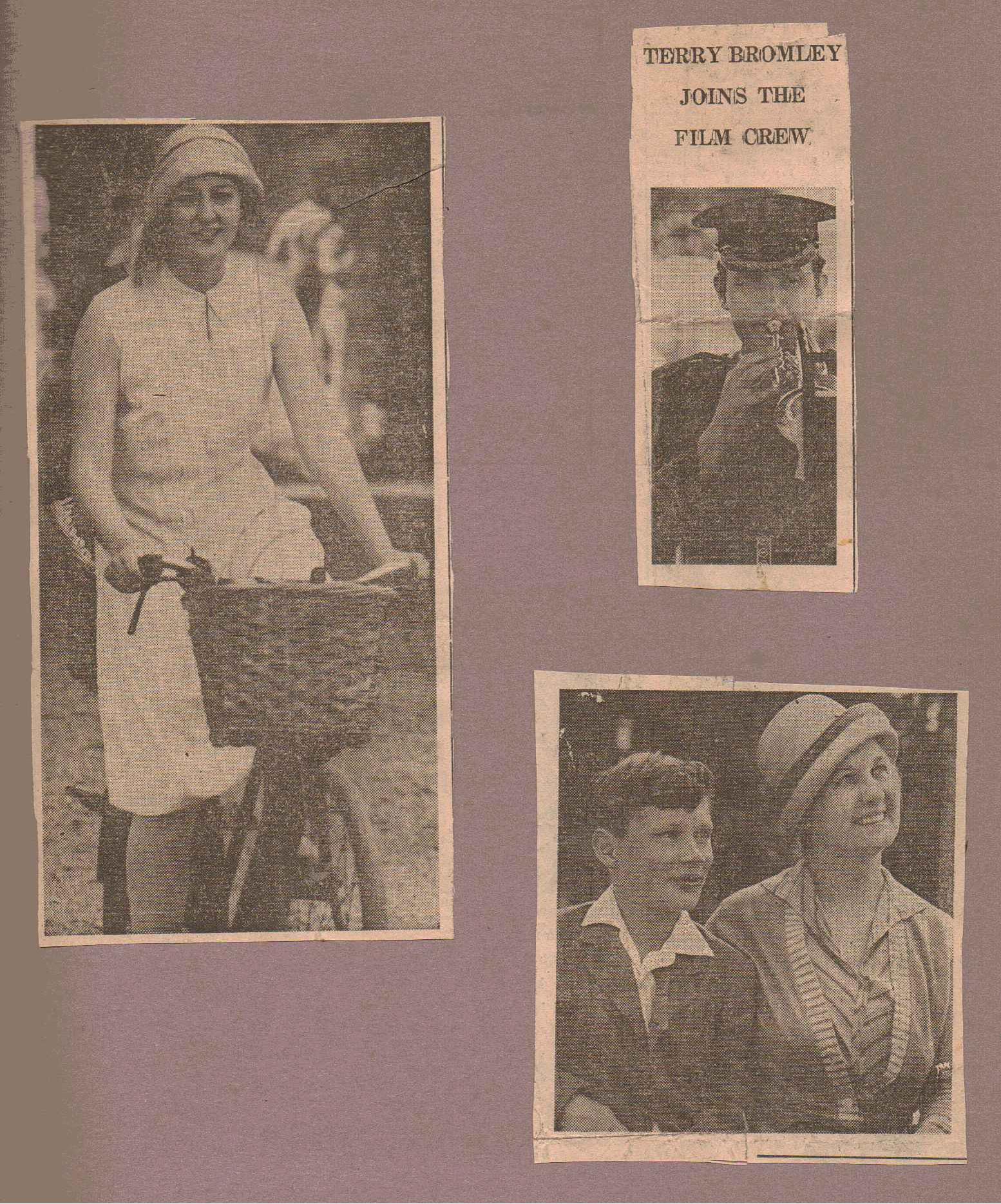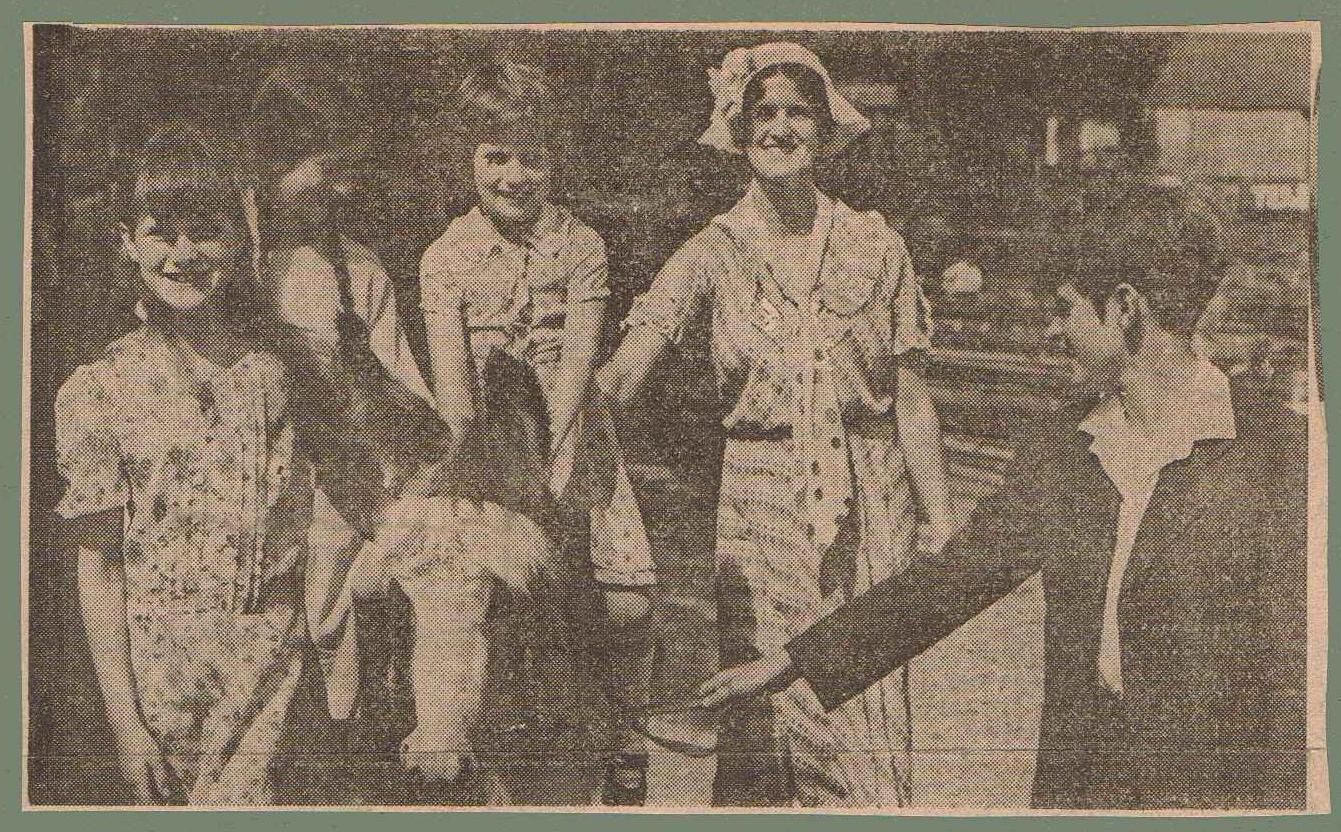We need to establish a culture of using car bins. Even when the pubs were closed people continued drinking. Bottles and cans get chucked out of vehicles, presumably whilst they are being driven along. It’s dangerous.
More than one thousand, three hundred volunteers have now joined Litter Pickers of the New Forest to counteract the growing problem. They work tirelessly to collect detritus from car parks, verges and ditches, which otherwise fill with rubbish. The litter should not be dropped in the first place. There are bins.
We find the oddest items, mostly the detritus left by addicts, such as empty packets of tablets. I’m told the prevalence of aerosols is thanks to sniffers.
A lot of litter is smoking related. Every day, I usually find an old lighter, packets of tobacco and Rizla papers, sometimes syringes, once a bong. I have spotted about three vapour producers.
The sheer amount of drink cans littering the verges of Britain must be staggering. Most once contained alcohol. We can tell which are flung from large vans or lorries, presumably while the drivers are working or returning home from work. It all amounts to evidence of drink-driving.

In the New Forest National Park, we have an additional problem: bottles get left on the open heath, where they can start fires. The glass is heavy. It’s not as if it will ever decompose. Every bottle should be recycled. We could certainly do with a deposit return scheme.
I found endless small bottles of Prosecco, noteably before Christmas.
The lid is carefully replaced on each one before it’s chucked into the countryside, along with masks and takeaway food containers.
We have wild ponies, deer and domestic animals roaming the forest. I often find small mammals trapped inside the bottles and am forever finding broken glass.
All this is hazardous. Surely, if you are in a vehicle it is not difficult to take your litter home?
Why is this happening? Is this an illustration of guilt and shame?
I conclude by stating: If a driver hits you, be sure to insist their blood it tested for drugs or alcohol – especially if the inside of their vehicle looks litter free.

To see some of the things we have found when beach cleaning, please click here

























































